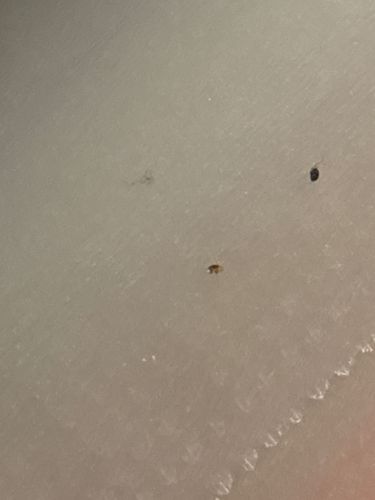Fungus Gnat
Scientific Name: Bradysia spp. (for Sciaridae) or various genera within Mycetophilidae
Order & Family: Order: Diptera, Family: Sciaridae (or Mycetophilidae)
Size: 1/8 to 1/16 inch (2-4 mm)

Natural Habitat
Moist, organic-rich environments such as overwatered houseplants, greenhouses, compost piles, and areas with decaying leaves and wood. They thrive indoors where humidity is high.
Diet & Feeding
Larvae feed on fungi, decaying plant matter, and sometimes plant roots. Adults typically do not feed or feed on liquids.
Behavior Patterns
They are attracted to moisture and decaying organic matter. Larvae develop in moist environments, feeding on fungi, algae, and decaying plant material. Adults are short-lived and primarily focus on reproduction.
Risks & Benefits
Potential risks include being a nuisance pest indoors, especially in houseplants, where larvae can damage plant roots, leading to wilting or stunted growth. They do not bite humans or transmit diseases. Benefits are minimal but they can help break down organic matter in outdoor environments.
Identified on: 8/29/2025